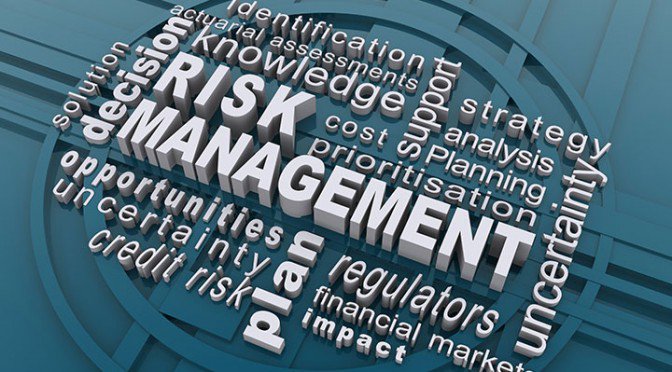Public relations disasters tend to sneak up on organisations—people do not expect to deal with a public relations disaster until they are in the throes of one. Your organisation will need to not only resolve the issue that sparked the crisis, but also handle the fallout stemming from news of the crisis. This could include responding to disgruntled customers or investigative reporters.
Public relations employees who are accustomed to doing little more than crafting marketing press releases may find themselves ill-equipped to deal with an onslaught of tough questions and false information from the public and the media.
The best way to handle a public relations crisis is by planning your response beforehand so you make sure you are never caught off guard.
Start by establishing a crisis communication team responsible for creating and executing the crisis response and managing the situation as it unfolds.
Once the team is assembled, prepare a list of contacts—such as reporters, investors and business partners—who should be notified during a crisis. Keep this list in an easily accessible location, along with contact information for your internal crisis team members, for immediate reference.
A crisis communication plan is only effective if you vigilantly maintain, update and rehearse it. Without constant readiness, you risk succumbing to the fate of some of these companies, now infamous for their public relations gaffes.
• British Petrol invited questions from its Twitter followers in 2013 over a price hike. The result? Almost 16,000 comments—mostly vitriolic—criticising the company for its perceived greed.
• Tesco, while in the midst of its horse meat scandal, tweeted a message to its followers saying ‘we’re off to hit the hay’. The tweet quickly went viral, followed by a barrage of responses containing criticism and terrible horse puns.nbsp;
The best way to handle a public relations crisis is by planning your response beforehand so you make sure you are never caught off guard.








